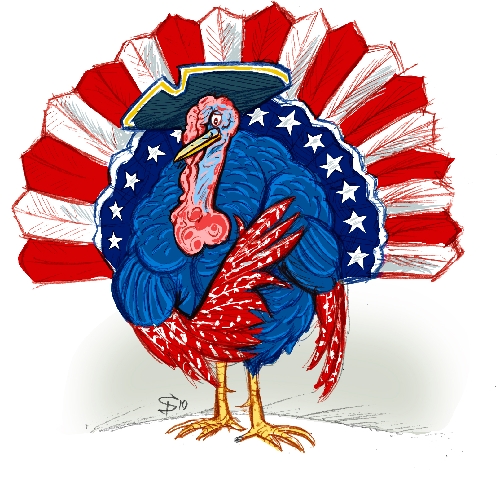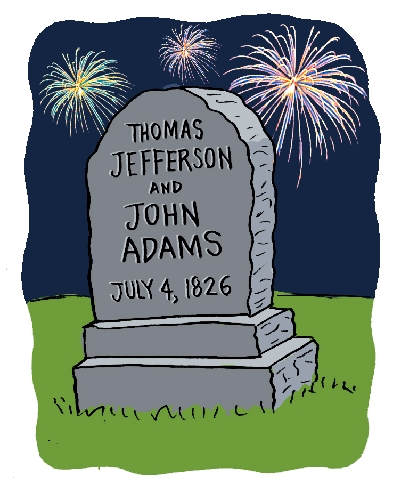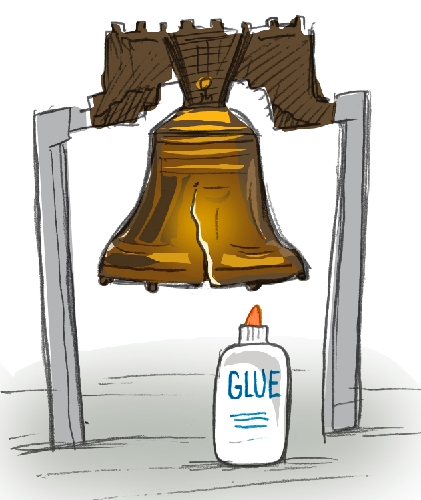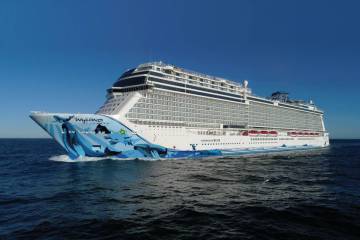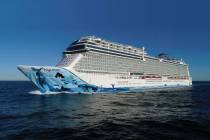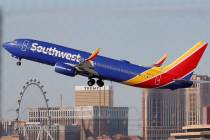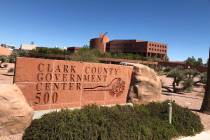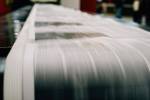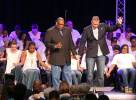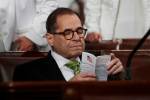A look at the symbols and people behind the birth of a new nation
If you're like the majority of Americans today, you have hot dogs, fireworks and maybe some cake on hand, ready to mark America's 234th birthday.
But do you really know what you're celebrating? And why?
If you said, "The signing of the Declaration of Independence," you're half-right. The Fourth of July is a federal holiday observing the adoption of the Declaration of Independence, the document that enabled the 13 American colonies to reject British rule. But it wasn't actually signed on July 4, 1776.
Independence from the Brits was voted on by Congress two days earlier; the business on July 4 was to decide how to word the declaration. John Hancock, president of Congress, probably signed the document on July 4, but Congress as a whole did not sign their "John Hancocks" until Aug. 2, notes David Holland, UNLV associate professor of history and expert on the Colonial American period.
We asked Holland to give us the skinny on several things associated with American patriotism and the birth of our nation.
The holiday
In hindsight, July 4, 1776, was a big deal. The congressional body representing 13 American colonies -- essentially tiny nations of their own -- declared independence from a foreign government.
But the date was almost lost among all the other historical happenings of that time. There were scattered individual celebrations, but it didn't stick with the overall population until July 4, 1826. That is when two founding fathers and former presidents, John Adams and Thomas Jefferson, died.
"A lot of people saw that as the hand of God," Holland says. "The holiday started to build momentum to where it is today."
Congress made July 4 a national holiday in 1870.
Jefferson's last words were: "Is it the fourth?"
Not realizing that Jefferson died earlier that day, Adams' last words were: "Jefferson survived me."
Turkey versus Eagle
If Franklin had had his way, we'd have a turkey as a national bird. He never advocated for it, simply gave his opinion after the bald eagle had been selected as the national bird. It's not that he was trying to equate the United States with a turkey; he had a good reason for his beliefs.
Franklin said that the eagle was a scavenger that does not come by its food honestly and therefore is not a good reflection of American nobility, Holland says. The turkey, on the other hand, Franklin said, is a brave and noble bird that works hard for its food and therefore, is a good reflection of American spirit.
The Document
People tend to confuse the Constitution and the Declaration of Independence, thinking that they are one document, Holland says. They actually were written 12 years apart. Thomas Jefferson was chosen as the main author of the declaration for his skill as a writer. He took great pride in his role, asking that "author of the Declaration of Independence" be written on his tombstone.
But, with all levels of government writing their own declarations at that time, Jefferson's was one of many and didn't stand out as anything special. People tend to give all the credit to Congress and the Founding Fathers for setting precedent when in reality, they were responding to towns, counties and states all along the Eastern seaboard.
Over time, the Declaration of Independence came to represent the national mood and movement of that age. Today, it is on display in the rotunda of the National Archives in Washington, D.C.
Liberty Bell
Ordered by the Pennsylvania Assembly in 1751, the bell was to mark the 50th anniversary of the state's constitution. Lore has it that a man rang the bell after Congress declared independence from England (which was actually on July 2 and not July 4). Some stories say he rang it so hard, it cracked, Holland says.
None of it is true. That account came out of a fiction story published in 1847 by George Lippard.
But the bell did sustain two cracks. A crack formed on the first attempt to ring it in 1751. It was melted down and re-cast, weakening the metal. It's believed to have cracked again when it was rung to mark George Washington's birthday in 1846. Over the years, the bell was repeatedly re-cast. It is on display at Independence National Historical Park in Philadelphia.
The Father of Our Country
There's a lot of lore surrounding Washington, understandably. He was the first president of the United States and considered to be the "Father of Our Country" for the role he played in shaping the nation. He famously led the Continental Army to victory during the American Revolutionary War, freeing the American colonies from British rule. Important stuff, too important for anyone but the best.
But Washington had a mixed reputation as a military leader, having failed twice in his early career to gain a victory in two expeditions against the French. He was chosen as commander mainly because he had more experience than the other military candidates on the short list.
And it has been said that "it helped that he was the tallest man in the room" the day the military commander was being selected.
"He cut a commanding figure," Holland says.
Stars and Stripes
The flag is perhaps the ultimate symbol of American patriotism today, but during the American Revolution era, it was just another flag. Each state and militia had its own flag. People felt more like Virginians or New Yorkers or Pennsylvanians than Americans, Holland says, so they tended to rally to those flags, first.
The White House
Though it's called the White House now, the presidential residence did not have an official name until Theodore Roosevelt was president. He popularized the use of "White House." It's white, Holland says, because it was built during an era when the prominent architecture was neoclassical.
It wasn't always in Washington, D.C., though. After the Declaration of Independence, the site of the president's residence rotated from city to city, to give states their due, Holland says. It was in New York, Philadelphia and Baltimore. The location in D.C. was chosen primarily as a way to appease James Madison. Alexander Hamilton wanted to pass legislation that Madison opposed. Thomas Jefferson had them over for dinner, Holland says, to try to work something out. Hamilton agreed to support the creation of a district in Virginia to serve as a permanent home for the nation's capital if Madison supported his legislation to have the federal government to assume state debt.
Benjamin Franklin
There's so much to say about Franklin. He graces the $100 bill, was a proponent of paper money and invented the flexible urinary catheter. Oh, and he also discovered electricity. Discoverer, inventor, editor, writer and politician, Franklin played a key role in the American Revolution. He wanted American freedom. He helped draft the Declaration of Independence and was quite possibly the foremost intellectual of his time, Holland says. He also was a bit quirky.
Franklin thought fresh air was good for health, so he took daily "air baths," getting up early in the mornings to sit nude in his bedroom for at least half an hour, according to The Benjamin Franklin Tercentenary.
He also paid a high personal price for his involvement in the Revolution. His only son aligned himself with the British, permanently severing their relationship.
Contact reporter Sonya Padgett at spadgett@reviewjournal.com or 702-380-4564.
ON THE WEB:
• Fireworks and July 4 events around the Las Vegas Valley




